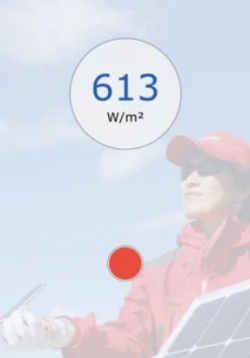
A free iPhone app that allows you to take data on irradiance (in Watts/area), to be able to compare electrical output from solar photovoltaic panels to the irradiance they receive.

A free iPhone app that allows you to take data on irradiance (in Watts/area), to be able to compare electrical output from solar photovoltaic panels to the irradiance they receive.
In Lesson 1, the lesson focuses on understanding how the angle and orientation affect the amount of energy that is generated through use of a solar cell. Paper azimuth finders, Keva Planks, and multimeters will be used in order for students to draw...
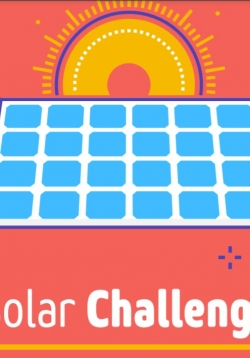
Two really fantastic and engaging engineering challenges held both nationally and online for grades 4-12: Wind Engineering and Solar Structures. Educators and students are provided with scaffolded lessons for engaging in the fundmanetal content of the challenge, as well as guidance for how to prepare and structure the challenge. Challenges can be run at the class, school, district, or regional level and the in-person challenge includes regional and national competitions. Kidwind also provide professional development opportunities for educators.
For this extended task, students will track the sun's altitude and Azimuth to determine the best position for their hand-built solar panel, learn solar cell operation basics, solar panel construction, series and parallel circuitry and basic array sizing...
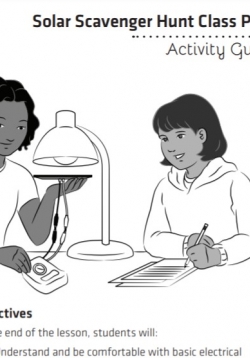
A series of 9 hands-on lessons (grades 2-12) that explore wind and solar energy, cirtcuity and electricity generation using a mixture of design and DIY tools. The includes materials lists and video support guides for implementing the curriculum.
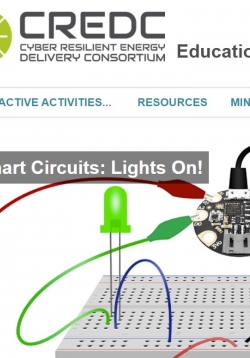
CREDC is a wealth of interactives and curricula for K-12 educators. There are six interactives for engaging in how to manage various sources of energy and their costs in relationship to energy usage, as well as curricula such as paper circuits, and resources and ideas for integrating coding, Minecraft, and other computer applications in energy and circuitry explanations.
Students will become familiar with circuits, cells, batteries, and photovoltaic cells, then plan, build, test, modify, and re-test a small solar battery charger designed to maintain batteries from a particular device.
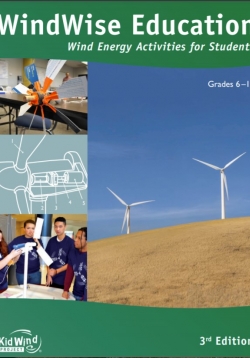
A time-tested series of 19 lessons developed by KidWInd to explore Wind Energy, using KidWind or DIY wind turbines designed by students. Lessons span from basic concepts of wind energy all the way through sighting of windmills and impacts on people and wildlife.

A series of over 150 digitial interacitves that allow students to explore a wide variety of science concepts, from simple energy transformations and motion, as well as beahvior of electricity in multiple contexts (static electricity, circuity, batteries, electromagnetism, fields, and more). Many include data collection and applied exploraion of science concepts in physics, chemistry, math, and more. Most are meant for secondary grades, but there are some good foundational energy interactives for upper elementary.
Students will learn that energy from a renewable resource can be converted to electrical energy to do work by engineering a water pump system powered by the sun. They will compare the volume of water pumped by different designs and graph data collected and...
Bonneville Environmental Foundation
1500 SW 1st Avenue, Suite 710
Portland OR 97201
phone: 503-248-1905